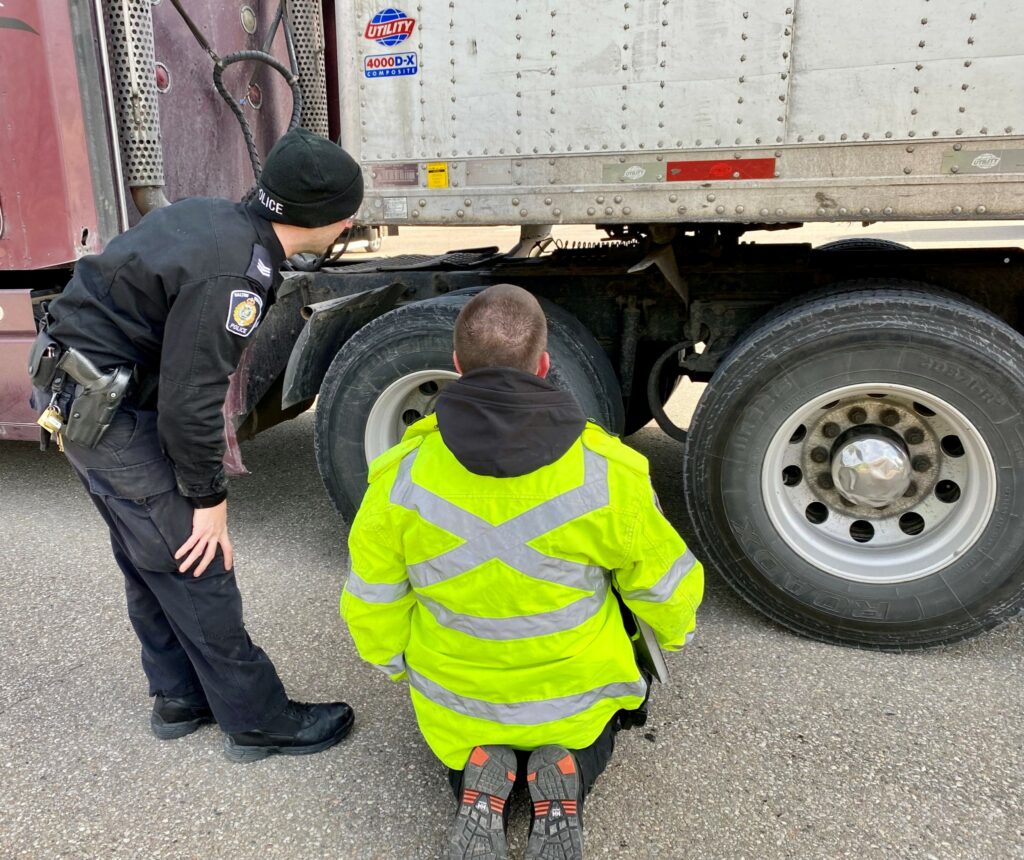Proposed changes to CSA all about ‘prioritization’
CSA Prioritization Review. That’s the name of the website for proposed changes to the Federal Motor Carrier Safety Administration’s (FMCSA) CSA safety program. And that says it all.
The FMCSA’s proposed revisions to CSA are to “prioritize” enforcement rather than simply providing a safety score. “Prioritization” will direct FMCSA’s limited resources to the most effective enforcement of crash-potential carriers.

You may recall that the National Academy of Science studied the CSA program and recommended an approach anchored in item response theory (IRT). This would use mathematical models to explain the relationship between unobserved traits and observed outcomes or performance.
FMCSA responded: “Thanks, but no thanks.”
However, FMCSA learned from the IRT analysis. In the Federal Register for this proposed revision, FMCSA notes that “the IRT modeling revealed areas in which SMS could be improved to better identify high-risk carriers for intervention, without complications inherent in adopting an IRT model.”
The CSA proposal
This CSA proposal appears to be the product of those revelations.
Gone will be the weighted violations. Everything will either be a one- or two-pointer. A violation for a burned-out licence plate light will score the same as a violation for cell phone use.
Violations are also grouped. Multiple violations in a group are only scored as a one.
The BASIC with the fewest violations (Drug and Alcohol) is gone, merged into Unsafe Driving. The one with the largest violations (Vehicle Maintenance) is split.
Intervention levels are raised within the categories, throttling down the focus for enforcement. No violation in a category in the last 12 months? No worries. No percentile for you in that category.
So how is this going to impact your company? Check what your new score would be on website at CSA Prioritization Preview – Home (dot.gov).
The specifics
The FMCSA proposes changes that include:
- Bye, bye BASICS, hello Safety Categories: The scores are now in separate Safety Categories. The BASIC label is gone.
- Unsafe Driving additions: There’s no more Drug and Alcohol BASIC (or Safety Category). This category, with the lowest violations, will be merged into Unsafe Driving. Also added to Unsafe Driving will be all the operating while “out of service” violations.
- Split Vehicle Maintenance category: FMCSA will split the Vehicle Maintenance Safety category into two separate categories. The first is Driver Observed – or what a driver should discover in a pre-trip. The second is Vehicle Maintenance — or what should be found and addressed by the shop.
- Roadside violations reorganized: The current 959 roadside violations will be consolidated into 116 groups of similar violations. This is to address the vagaries from inspection to inspection, where one violation could be written under different sections. You can still be written up 959 different ways. But if you are written up with multiple violations in the same group it will only count as a single violation for that category. For example, multiple Hours of Service violations equal one violation for that category.
- Severity slimdown: Violations are losing weight. Specifically, there are no more one-10 weightings of violations. It’s now down to a binary score — either a one or a two. The twos are OOS violations of any category (except Unsafe Driving) and Driver Disqualifying violations that apply to Unsafe Driving as defined by Section 383.51. Anything else is a one.
Intervention thresholds adjusted
The thresholds for intervention would change as well.
When it comes to Driver Fitness, the threshold for general carriers is 90%. Hazmat carriers have a threshold of 85%.
Hazardous material compliance is set at 90%.
Vehicle maintenance thresholds — in driver fitness and hazardous materials compliance categories — will stay at 80% for general carriers.
What else to know
The changes don’t end there.
Proportionate percentiles would use the exact number of inspections and crashes rather than cutoffs in SMS. This is to ensure the carrier’s percentile is impacted by its own events.
Then there’s the one-year lookback. Carriers will only be assigned a percentile in a safety category if they have received at least one roadside violation in that category within the last 12 months. If nothing is recorded in that category in the last year, no percentile will be assigned.
The utilization factor, meanwhile, would move from 200,000 vehicle miles traveled (VMT) to 250,000 VMT.
There will also be segmentation within categories, not to be confused with “split categories” referenced earlier. Hazmat compliance will be segmented into Cargo Tanker and Cargo Non-Tanking segments. The Cargo Tanker group applies if more than 50% of a carrier’s inspections involve a tanker.
Driver Fitness will be segmented into “straight truck” and “combination” carriers.
But the non-preventable accident program is the easiest to remember — because there’s no change.
Under the proposed revisions, the FMCSA focus is narrowed. It’s now all about the enforcement.
Have your say
This is a moderated forum. Comments will no longer be published unless they are accompanied by a first and last name and a verifiable email address. (Today's Trucking will not publish or share the email address.) Profane language and content deemed to be libelous, racist, or threatening in nature will not be published under any circumstances.
At what point do we have to reach, before they realize the more experts they involve, the more science they invent, the worse things get.